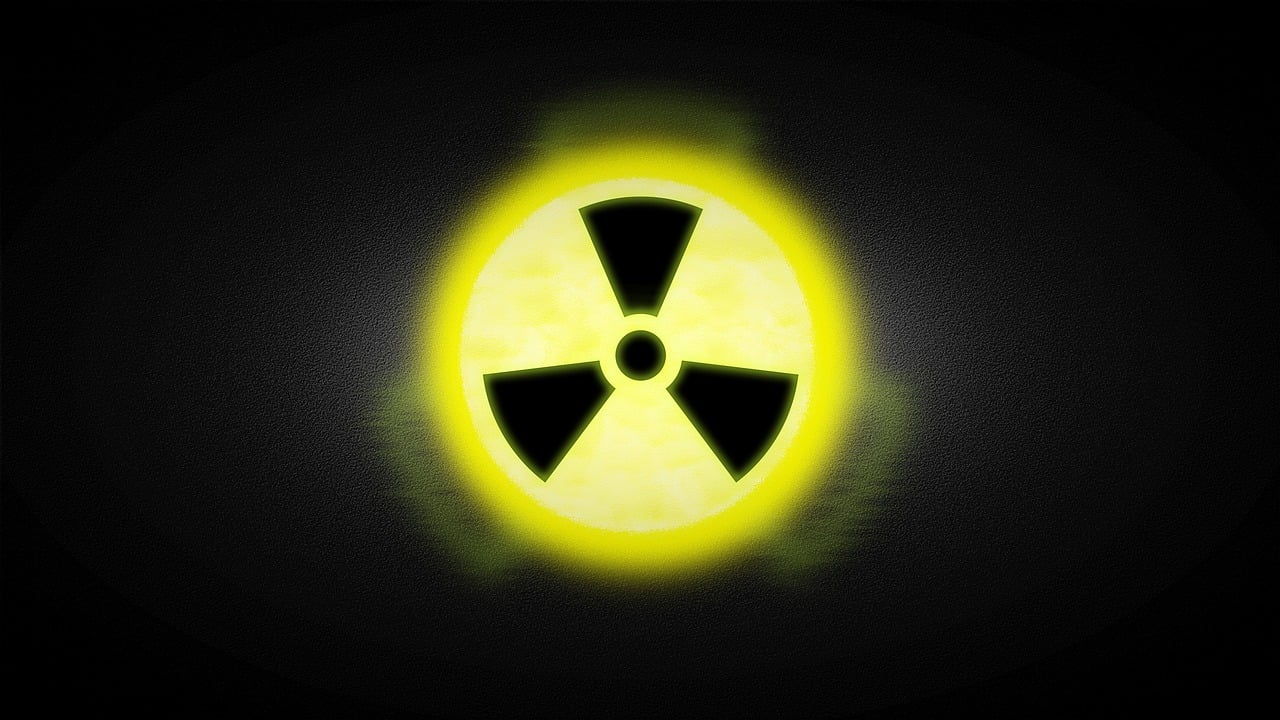Radioactive decay is a natural phenomenon that occurs when unstable atomic nuclei release energy to become more stable. One of the most common types of radioactive decay is alpha decay, a process that plays a significant role in the fields of nuclear physics, geology, and even everyday safety devices like smoke detectors. This article delves into the mechanics of alpha decay, its implications, and its applications.
What is Alpha Decay?
Alpha decay is a type of radioactive decay in which an unstable nucleus emits an alpha particle, leading to the transformation of the original atom into a different element. An alpha particle consists of two protons and two neutrons, identical to the nucleus of a helium-4 atom. Consequently, when an atom undergoes alpha decay, its atomic number decreases by 2 and its mass number decreases by 4, resulting in the creation of a new element.
How Alpha Decay Occurs
The process of alpha decay can be broken down as follows:
- Emission of an Alpha Particle: An unstable nucleus expels an alpha particle to release excess energy. This particle, carrying a +2 charge, is relatively heavy and has a mass number of 4.
- Transformation into a New Element: As the alpha particle is ejected, the original atom’s atomic number decreases by 2 and its mass number by 4. This change transforms the atom into a new element on the periodic table.
For instance, uranium-238 (U-238) is a well-known alpha-emitting isotope. When U-238 undergoes alpha decay, it emits an alpha particle and transforms into thorium-234 (Th-234):
U-238→Th-234+Alpha particle (He-4)
This equation illustrates that the uranium nucleus loses two protons and two neutrons, forming thorium-234 while releasing an alpha particle.
Characteristics of Alpha Decay
- Low Penetrating Power: Alpha particles have relatively low penetrating power compared to other forms of radiation like beta or gamma rays. They can be easily stopped by materials as thin as a sheet of paper or even the outer layer of human skin. However, alpha radiation can be extremely harmful if alpha-emitting substances are ingested, inhaled, or enter the body through an open wound.
- Composition and Charge: An alpha particle is essentially a helium-4 nucleus, composed of two protons and two neutrons, giving it a +2 charge. After being emitted, it typically captures two electrons from the environment to become a neutral helium atom.
- Common in Heavy Elements: Alpha decay is most frequently observed in heavy elements, such as uranium, thorium, and radium, which have large and unstable nuclei. These elements are often found deep within the Earth and play a significant role in geochemical processes.
Why Does Alpha Decay Occur?
The primary reason alpha decay occurs is due to instability in heavy nuclei. As the number of protons in a nucleus increases, the electrostatic repulsive forces between positively charged protons also increase. For very heavy elements, these repulsive forces become so significant that the nucleus can no longer remain stable. By emitting an alpha particle, the nucleus reduces its size and the associated repulsive forces, achieving a more stable state.
Effects of Alpha Decay
- Impact on Human Health: While alpha particles cannot penetrate the skin, they pose serious health risks if radioactive materials are inhaled, ingested, or absorbed into the body. Once inside, alpha particles can damage living cells and DNA, increasing the risk of cancer and other health problems. This is why handling alpha-emitting materials requires stringent safety measures.
- Environmental and Geological Impact: Alpha decay contributes to the natural radiation found in the environment. It plays a role in the heat production of the Earth’s interior and has applications in dating geological formations.
Applications of Alpha Decay
- Smoke Detectors: One of the practical applications of alpha decay is in smoke detectors. A small amount of americium-241, an alpha emitter, is used to ionize the air inside the detector. When smoke enters the device, it disrupts the ionization process, triggering the alarm.
- Radiometric Dating: Alpha decay is used in techniques such as uranium-lead dating to determine the age of rocks and geological formations. By measuring the amount of uranium-238 and its decay products (like lead-206), scientists can estimate the age of a sample. This method has provided insights into the age of the Earth and the timing of various geological events.
- Medical and Scientific Research: Alpha-emitting isotopes are also used in certain types of cancer treatments and scientific studies to better understand nuclear reactions and radiation behavior.
Conclusion
Alpha decay is a fundamental process in nuclear physics that involves the emission of an alpha particle, leading to the transformation of one element into another. Despite their low penetrating power, alpha particles can have significant biological effects if internal exposure occurs. The understanding of alpha decay has not only advanced our knowledge of atomic structure and nuclear reactions but has also led to practical applications in everyday life, from smoke detectors to radiometric dating techniques.
The study of alpha decay continues to be important in both scientific research and practical applications. As our understanding of radioactive processes deepens, we can harness this knowledge to improve safety, develop new technologies, and expand our understanding of the natural world and its history.















